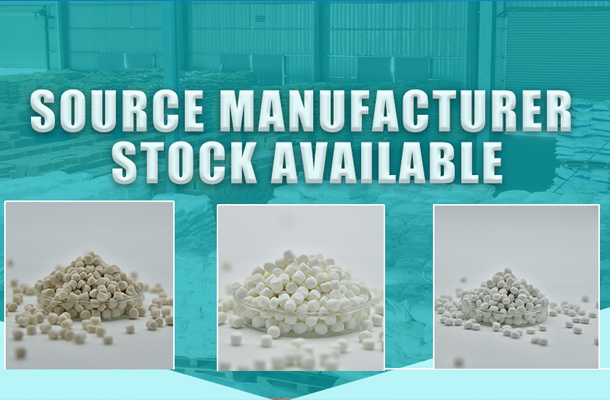Titanium dioxide, with the chemical formula TiO₂, is a vital inorganic white pigment utilized extensively across various industries. Renowned as the "king of white pigments," it boasts exceptional properties such as high covering power, tinting strength, a high refractive index, and excellent light stability.
Two primary crystalline forms of titanium dioxide exist: rutile (R-type) and anatase (A-type). Rutile has a more compact and stable structure, offering enhanced hiding power, color strength, and weather resistance, making it more commonly used in industrial applications. There's also the less common brookite form, but due to its instability, it holds little industrial value.
Characteristics of titanium dioxide include:
- Chemical Stability: As an inert pigment, it barely reacts with other substances under normal temperatures, demonstrating stability against gases like oxygen, hydrogen sulfide, sulfur dioxide, carbon dioxide, and ammonia. It is insoluble in water, fats, organic acids, and weak inorganic acids, slightly soluble in alkalis and hot nitric acid, and dissolves in saturated solutions of alkali metal carbonates and acid carbonates.
- Optical Properties: Its high refractive index (2.71 for rutile and 2.55 for anatase) imparts superior hiding power and whiteness.
- Photocatalytic Activity: Under light exposure, titanium dioxide exhibits photocatalytic properties, enabling its use as a catalyst in certain chemical reactions.
- Non-Toxicity: Considered physiologically inert, titanium dioxide is safe for use in industries ranging from food to pharmaceuticals.
In industrial production, titanium dioxide is primarily manufactured through two processes: the sulfate process and the chloride process. Its applications span across diverse sectors including coatings, plastics, paper, rubber, ink, synthetic fibers, ceramics, household products, medicine, and food, among others.








